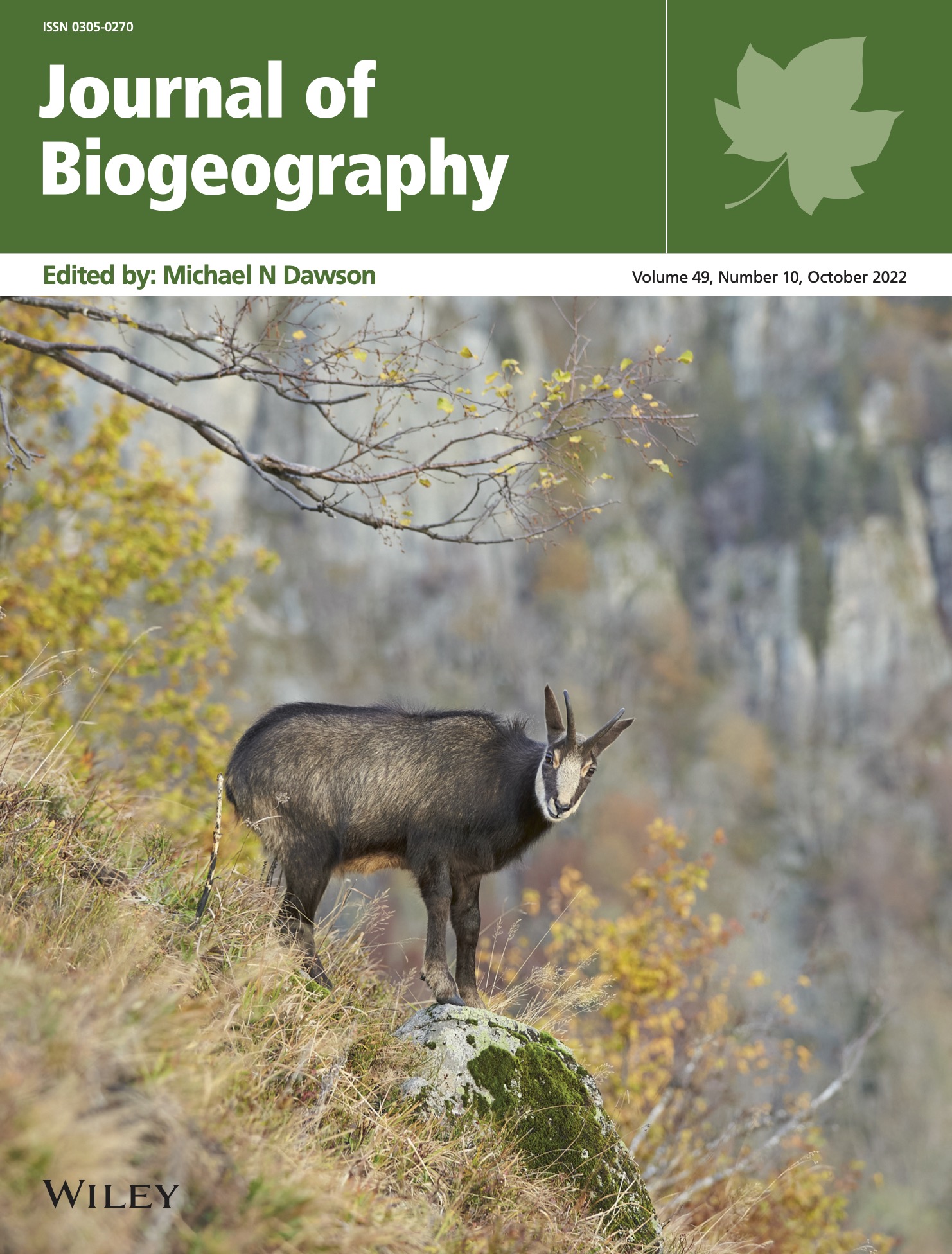Chamois population structure
The Determinants of the Genetic Structure of R. rupicapra in the Alps
Investigating the determinants of the population genetic structure of chamois (Rupicapra rupicapra) in the Alps
Landscape dynamics and connectivity play a central role in shaping ecological and evolutionary processes. Investigating the drivers of species’ distribution range and the population genetic structure can help to predict future changes and assist management measures to mitigate adverse effects. As dispersal is one of the key traits facing global changes, we investigated whether we can estimate realistic dispersal abilities and the existence of dispersal barriers by comparing simulations to genomic data. In this project, we analyzed the population genetic structure of >400 ddRAD-sequenced Northern chamois (Rupicapra rupicapra) across the Alps and compared the genetic structure to simulated divergence based on gen3sis simulations (link: https://landecology.ethz.ch/research/former-projects/gen3sis.html). We hindcasted the habitat suitability until the last glaciation (20,000 years BP), simulated dispersal and tracked population connectivity forward in time until present for several dispersal and landscape feature scenarios, resulting in over 1,400 simulations.
The analysis of the population genetic structure reveals that chamois populations in the Alps fall into two main clades in the south-western and eastern Alps. We found that a limited dispersal and rivers (or valleys) as dispersal barrier shape the genetic structure: The fit between simulations and genetic data decreased with increasing distances, while adding large rivers as barriers increased the model fit. This illustrates how the realized dispersal can be very limited though chamois occasionally could disperse over large distances.
We could highlight with this study how life history traits, landscape dynamics and habitat preferences shape the genetic structure of populations. This project also demonstrates, how combining habitat suitability models, process-based models and genomic data can improve our understanding of species’ biology and potentially help to predict species’ responses to environmental changes.
Contact information:
